Manufacturer: MSI
UK price (as reviewed): £429.95 (inc. VAT)
US price (as reviewed): $469.99 (exc. tax)
If you were hoping to pick up a TRX40 board for way south of £400 then sadly, it looks like you need to wait a while longer for prices to drop or for a second-hand model to pop up on a well-known auction website. However, while some have dipped just below that figure, X399 boards were never cheap and given how awesome AMD's 3rd Gen Threadripper CPUs and platform are, there's at least some justification for these hefty prices. Thankfully, there are plenty of boards available for less than £500, and the TRX40 Pro WiFi is certainly a more-affordable option than MSI's TRX40 Creator, so let's take a look.
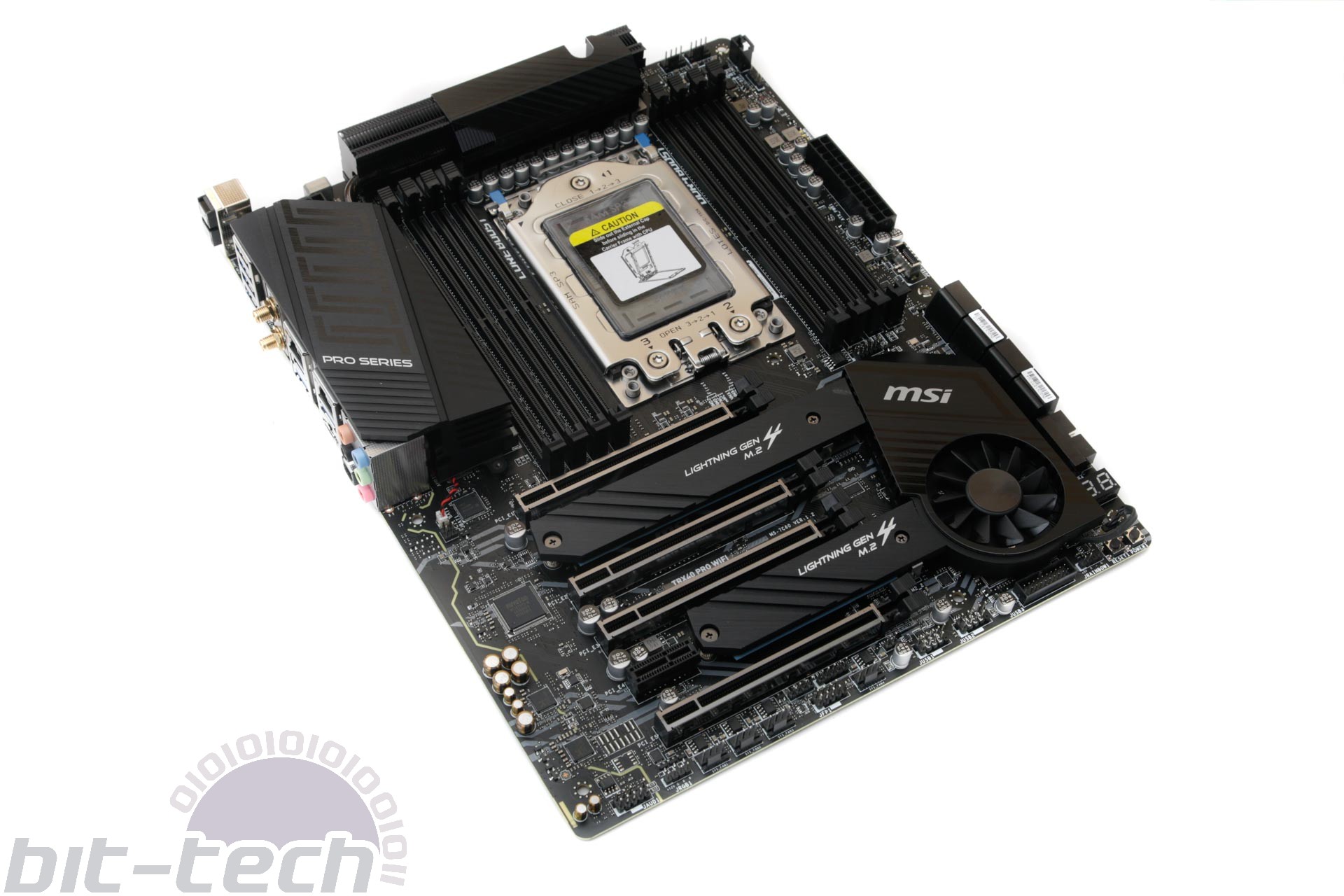
At face value, the board is rather plain, especially compared to something of this price on Intel's X299 platform and certainly anything mainstream. There's no combined M.2 heatsink, fancy OLED display, or even onboard RGB lighting. There are only two M.2 ports on the PCB. Both M.2 ports sport heatsinks, and in our testing, neither had much of an advantage over the other in terms of temperature. The top slot does have a slither of airflow from the chipset fan and has a larger heatsink, but it sits under your graphics card. Our Corsair MP600 SSD sat at around 60°C in both slots, although the duo lacks the underside PCB cooling of more expensive boards, which is certainly put to good use with PCIe 4.0 SSDs that have components on both sides, unlike many of the PCIe 3.0 counterparts.
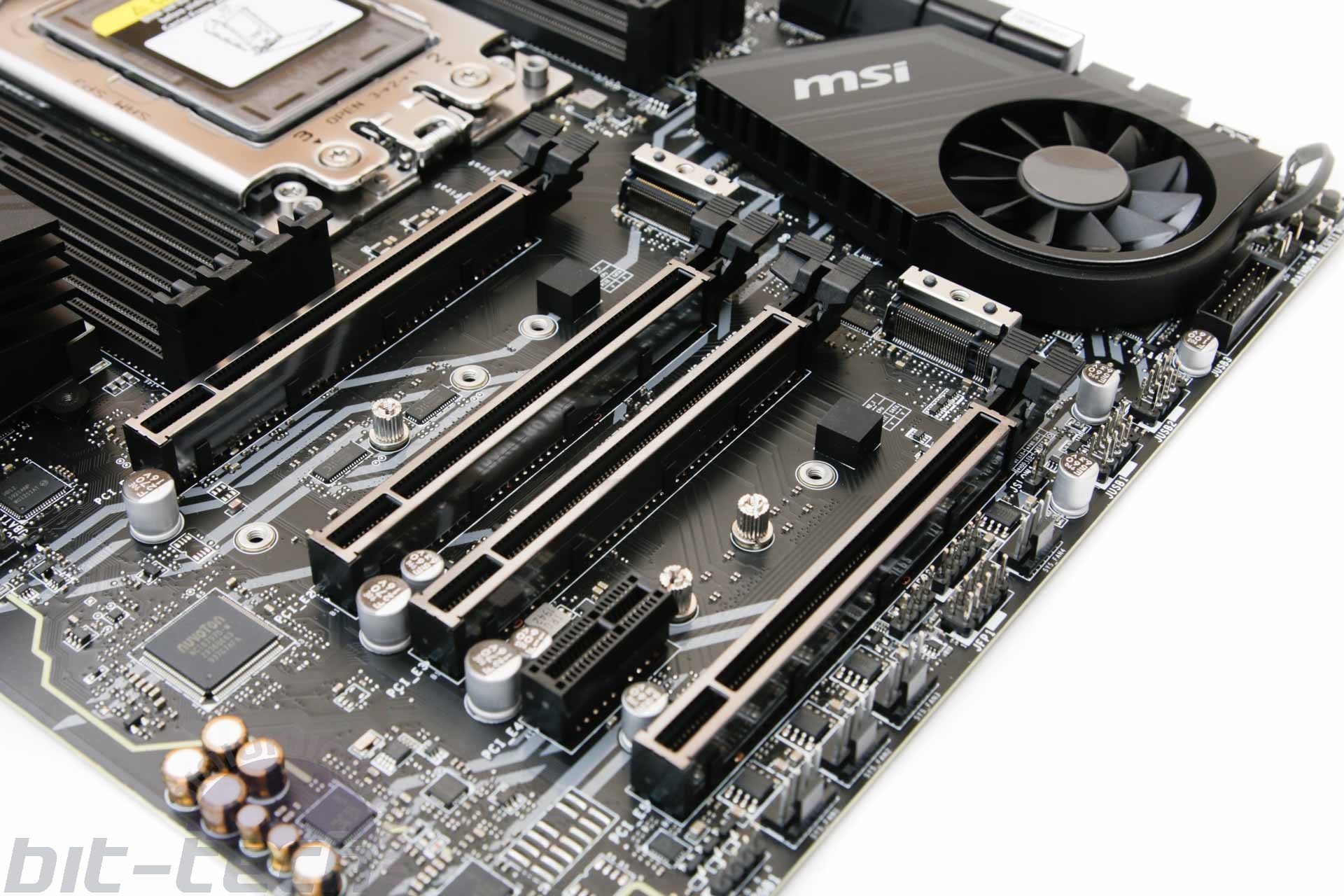
Amazingly, despite the price, MSI has managed to squeeze in a mini version of its M.2 expansion card. Here, rather than four, there are just two M.2 ports under that massive fan-assisted heatspreader, bringing the total ports on offer to four. The peak temperature was just 35°C, too. As a base for a powerful Ryzen Threadripper system, it has most of the bells and whistles, including hefty PCIe storage arrays.
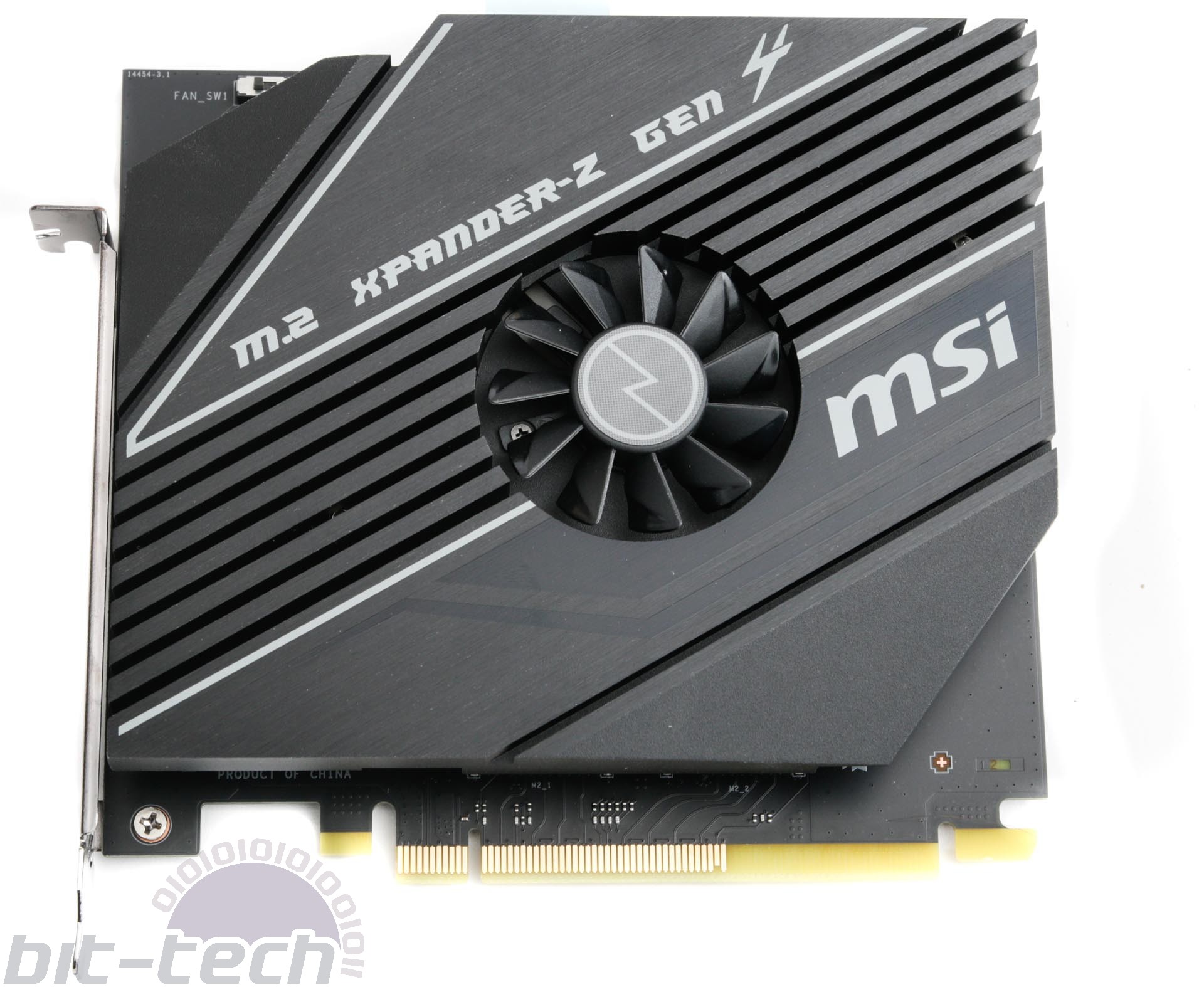
Under the hood of the large but unassisted VRM heatsinks is a 12+3-phase power delivery. While there's no fan or fancy heatpipe arrangement linking these to the chipset fan like on other MSI boards, the VRMs peaked at 68°C according to MSI's software, with our IR probe reporting 58°C topside and 62°C underneath, which is aided by a small heatsink. This is clearly well away from any danger zone and is an impressive feat for passive heatsinks dealing with a 3rd Gen Threadripper CPU.
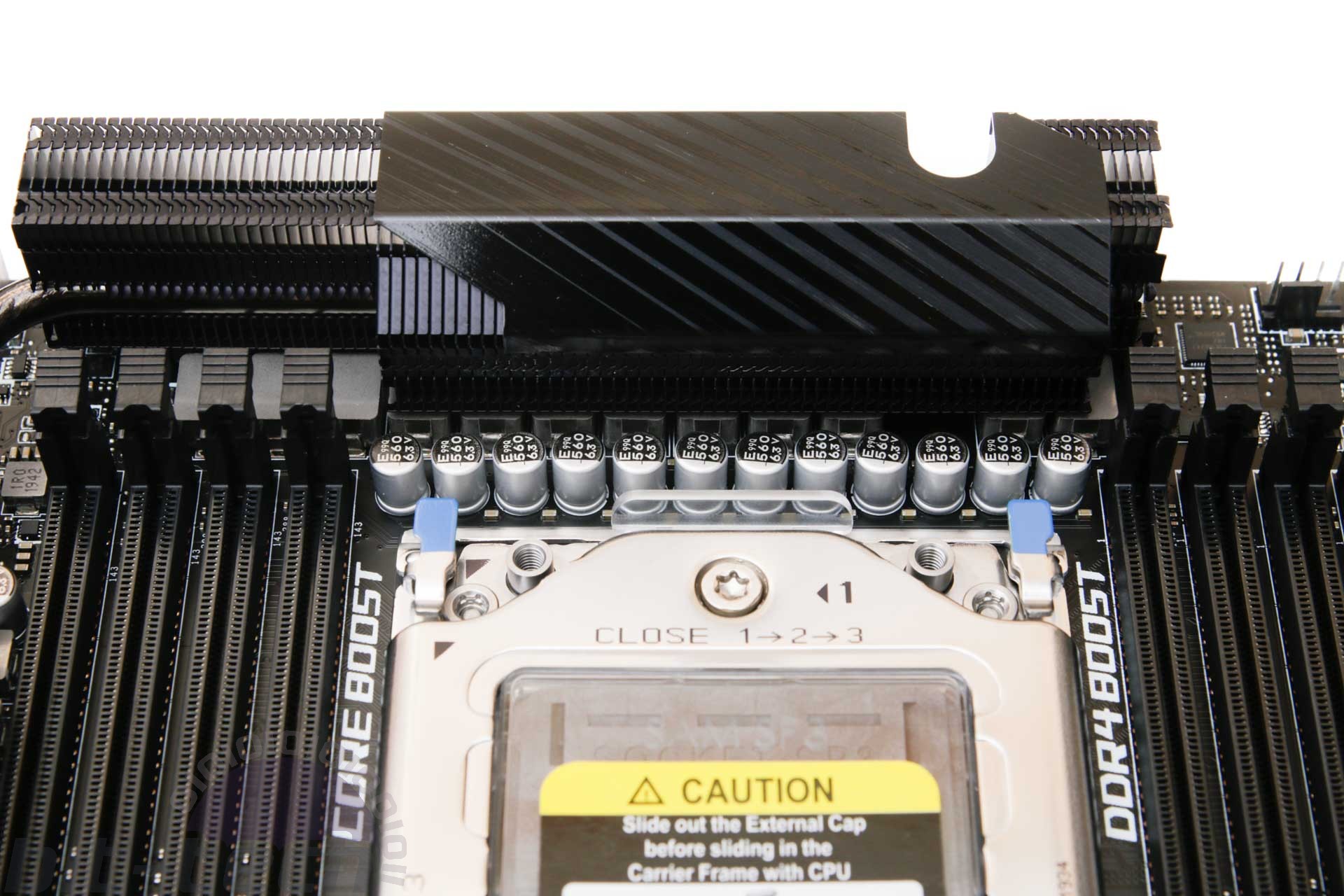
The board is well-equipped with high-end features such as power and reset buttons plus an LED POST code display. There are eight SATA 6Gbps ports - two more than its big brother, which may be useful for some. Cooling-wise, the chipset fan didn't make a nuisance of itself, remaining quiet throughout testing, plus you can control its speed in the software or EFI anyway. However, unlike Gigabyte's boards, while there's the option to tie alternative temperature inputs to fan speeds, there's no way to hook-up external temperature probes here, which might reduce its appeal to water-cooling system owners. That said, you can adjust the spin-up time, and the fan headers support hysteresis to ensure there are no speed spikes.

The rear I/O panel offers a fairly typical set of ports including seven Type-A USB ports, with the three surrounding the two Gigabit LAN ports being USB 3.1 Gen 2. You also get CMOS clear and USB BIOS Flashback buttons, connectors for the 802.11ax Wi-Fi and the full complement of outputs for the Realtek 1220 audio. Ultimately, there are some gaps here and it would have been nice to hide all these ports under the I/O shroud, but as far as sacrifices go to keep that price close to £400, there's nothing glaring.
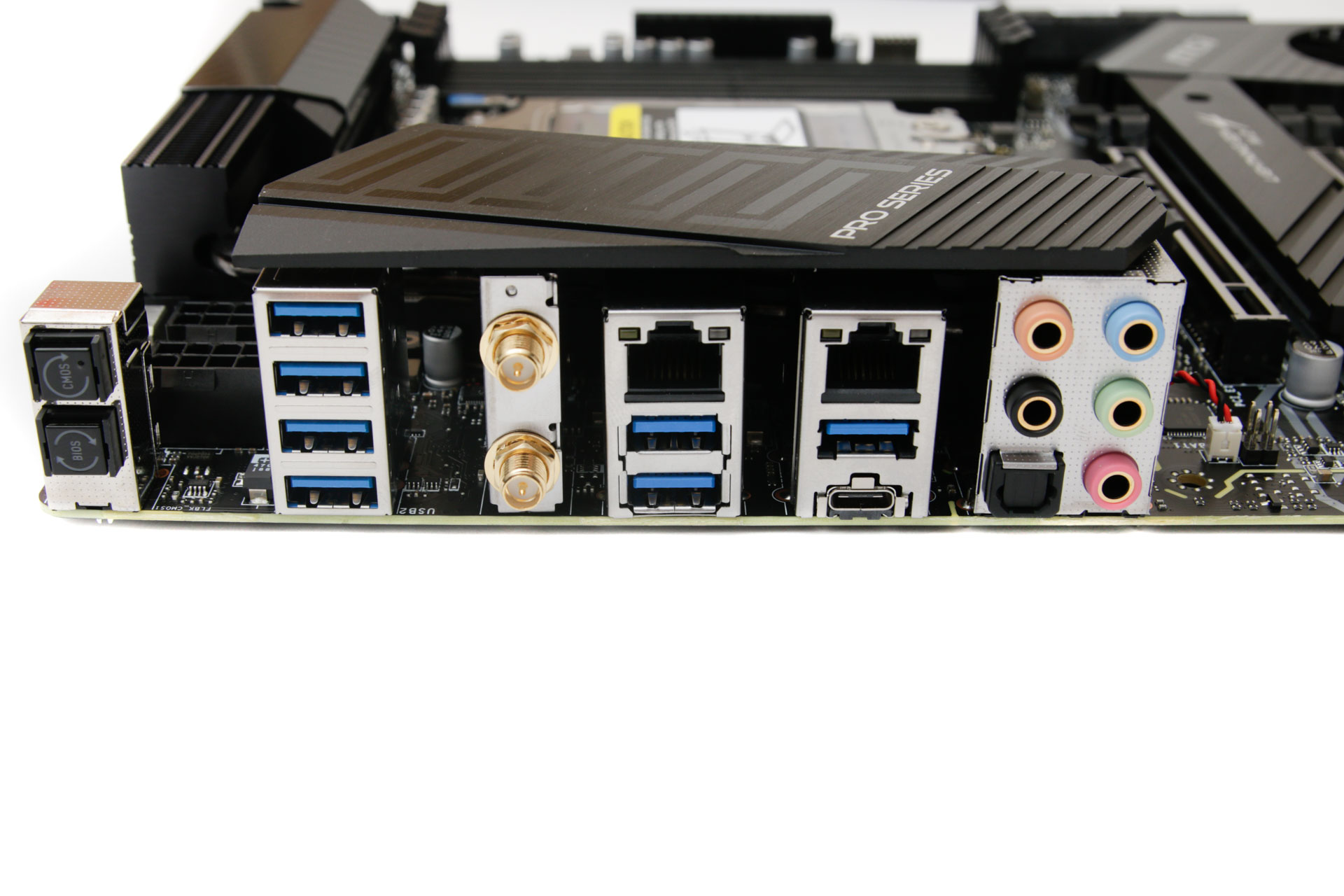
Specifications
- Chipset AMD TRX40
- Form factor ATX
- CPU support AMD Socket sTRX4
- Memory support Quad-channel, eight slots, max 256GB
- Sound Eight-channel Realtek ALC 1220
- Networking 2 x Intel Gigabit Ethernet, 802.11ax Wi-Fi, Bluetooth 5
- Ports 2 x M.2 PCIe 4.0 x4 32Gbps (1 x PCIe/SATA 6Gbps, one 2280, one 22110, 1 x PCIe up to 2280), 8 x SATA 6Gbps, 3 x USB 3.1 Type-A, 1 x USB 3.1 Type-C, 1 x USB 3.1 header, 8 x USB 3.0 (4 via headers), 4x USB 2.0 (4 via headers), 2 x LAN, audio out, line in, mic, Optical S/PDIF out,
- Dimensions (mm) 305 x 244
- Extras RGB LED extension cable, Wi-Fi aerial

MSI MPG Velox 100R Chassis Review
October 14 2021 | 15:04

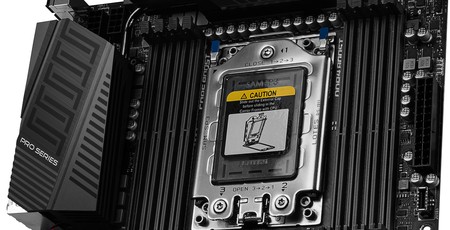


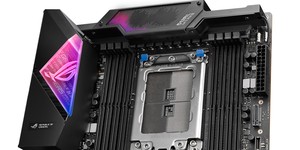




Want to comment? Please log in.